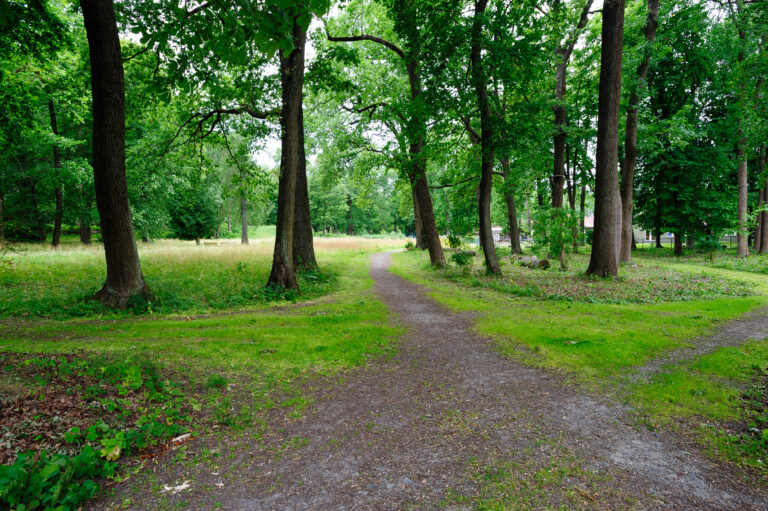Every marketer or growth manager with responsibility for generating conversions – from leads to sales – has the job of moving consumers through a series of defined steps from initial contact to final conversion.
Many organizations call these multi-channel steps that they’ve set out for consumers their “consumer journey”. But this actually misapplies a term and concept that was coined and clearly defined by McKinsey Consulting in 2009.
What most organizations call their “consumer journey” is actually more correctly considered something like their “conversion path”, “lead funnel” or “buy-flow”.
The misnomer in calling these things the “consumer journey” comes from the fact that this is not a “journey” that the consumer directs themselves through. This is a path that the organization has designed, and that the consumer is obliged to follow to stay engaged with the organization from first contact to last conversion.
The conversion path, the lead funnel or the buy flow is more a hedge-maze with one correct path than a self-guided decision journey.
The maze does not have to be unpleasant – and Conversion Rate Optimization is really all about reducing barriers and increasing incentives to continue as consumers move through the steps a company has set out to lead them to a desired business outcome.
But this all misplaces the critically important idea of McKinsey’s original definition of the consumer journey that made it so different from the traditional marketing funnel: the fact that this path your organization has created is likely not the only one consumers are engaged in as they make a buying decision.
The real consumer journey:
- Is actually self-led by the consumer, not defined by your brand.
- Exists outside of all the brands the consumer is engaged with.
- Incorporates all brand “conversion paths” into the consumer’s journey, and evaluates and compares them.
In the consumer decision journey described by McKinsey – which was developed precisely to evolve marketers’ thinking from the “get in my funnel” school of thought – the whole point is that consumers get to decide what works best from among several brand experiences as they move from their initial interest in a purchase to their final conversion.
If your organization limits the idea of the consumer journey to just what happens as the consumer moves through your lead funnel or conversion flow, then are seeing the consumer only from an inside-out POV, and are missing out on the fact that the consumer is also engaged in other brand conversion experiences at the same time.
If you are missing out on the concept of the consumer journey beyond your conversion flow, then you are missing out on important context into how and why consumers behave as they do within your flow.
If you are seeing drop off somewhere, while it certainly has something to do with the experience you’re providing at that point – understanding what would improve the experience at that point must involve understanding:
- what the consumer wanted/needed at that point in their decision journey (the rational and emotional process of making a decision) vs what you gave them, and
- what they CAN get related to those needs at their point in their journey from other experiences.
This is why it is important to firmly distinguish models of the consumer journey – an outside-in POV of the consumer, from inside-out based models of a “conversion path”, “lead funnel” or “buy-flow”.
The consumer journey is the consumers’ rational and emotional interaction with the brand through stages of their decision making process. A standard model of these stages has been well-established through research:
- They have some initial exposure as they are triggered to begin a purchase decision.
- They explore a variety of options.
- They narrow those down and evaluate.
- Finally they decide (to purchase from one option, or maybe not to purchase after all).
Each brand’s “conversion path”, “lead funnel” or “buy-flow” does engage consumers on their journey, but it is not their journey, it’s just one of many touchpoints.
If the idea of the “consumer journey” is collapsed to be just about the brand’s process for converting consumers, then a critical perspective on what leads consumers to convert (or not) is lost.
This will be one of many Conversion Rate Optimization topics covered in our free upcoming webinar, “Increase Conversion Rates Now without Guessing”.

